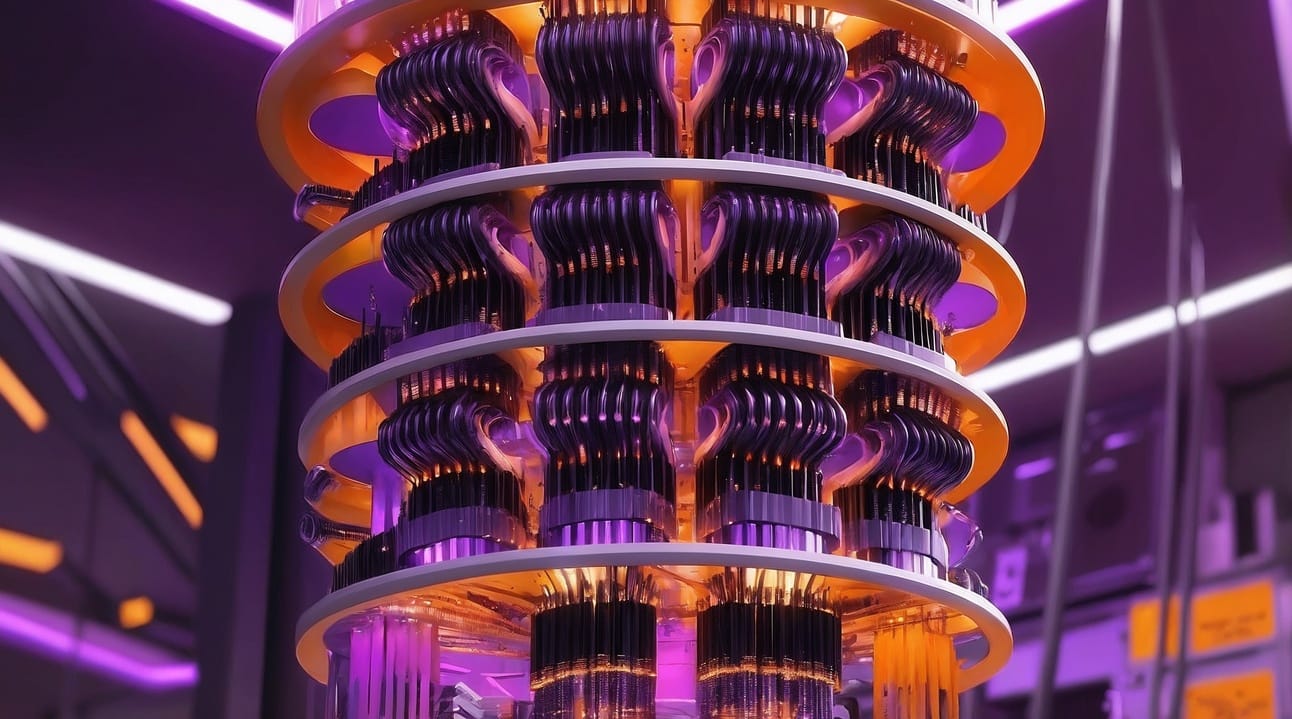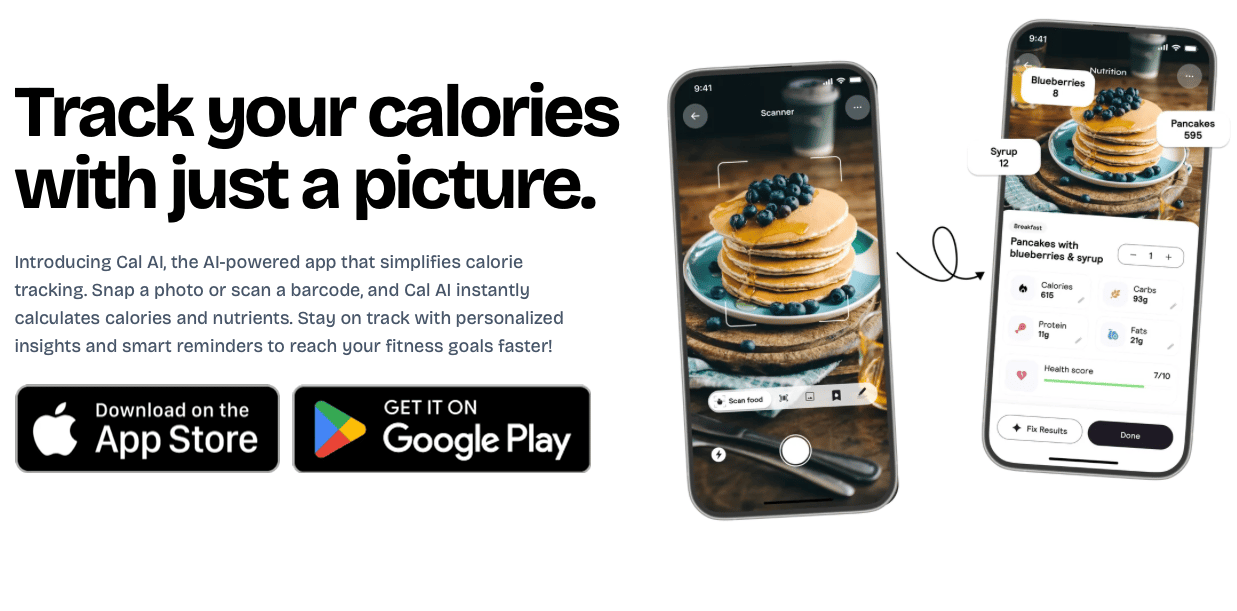- Insightera
- Posts
- How quantum computer actually works?
How quantum computer actually works?
Also about tariffs, layoffs, and calorie tracking

Executive Summary
The US has implemented import tariffs ranging from 10% to 79%, causing a $5.4 trillion S&P loss.
The tech sector continues to experience layoffs with over 27,000 workers laid off in early 2025.
Cal AI, an AI-powered calorie tracking app, has gained popularity with 5 million downloads and $2 million in monthly revenue.
Mechanics of quantum computing, explained.
Was this email forwarded to you? Subscribe here.
News
💰 US tariffs are changing the world. Link
As you may already be aware, the USA has implemented substantial import tariffs on goods, with rates ranging from 10% to 79%. In just the first two days following this announcement, the S&P saw a staggering loss of over $5.4 trillion.
Producers and end consumers will bear the cost of tariffs, with the specific distribution determined by the industry's price elasticity.
The long-term effects are debatable and will rely on responses from governments and MNCs. As of now, tariffs are expected to cause price increases for goods sold within the US and will have a serious impact on companies with an international supply chain (Apple, Dell, etc.).
👨💻 Tech layoffs continue in 2025. Link
More than 27,000 workers within tech sector were laid off during the first 3 months of 2025. 96 companies were reported to have laid off practices.
Whereas the real reason behind layoffs is kept confidential, it is assumed that AI automations and increased competition play significant role.
During 2024, ~150,000 workers across 549 companies in tech industry were let go. These figures are 50% lower in comparison with 2023.
AI tool of the week
Cal AI
Cal AI is an advanced tool designed to streamline calorie tracking and nutritional analysis with cutting-edge AI technology. Just snap a picture of your food, and Cal AI calculates calories, macronutrients, and portion sizes using multimodal AI models trained on thousands of food images.
Launched in May 2024 by two teenage founders, Cal AI has already amassed over 5 million downloads and generated $2 million in monthly revenue. The app boasts a 4.8-star rating across major app stores, making it one of the most popular tools in its category.
However, Cal AI has its limitations: it struggles with foods containing hidden ingredients, like smoothies or soups, and requires user corrections for inaccuracies. Additionally, concerns about data privacy and the app's reliance on third-party integrations highlight areas for improvement. Despite these challenges, Cal AI remains a promising solution for effortless dietary tracking.

Screenshot from calai.app
Discussion

How Quantum Computer Actually Works?
Quantum computing is a hot topic, full of exciting possibilities, but also a bit confusing. There are a lot of myths floating around, like the idea that quantum computers will solve every problem instantly or that they'll replace regular PCs anytime soon. The truth is, it's a complex field with some serious challenges to overcome. So, let's break down what quantum computing is really about.
Main Myth
Regular computers use bits, which are like light switches that are either on (1) or off (0). Quantum computers use "qubits," which are much weirder. Imagine a dimmer switch that can be both on and off at the same time. This "both at once" state is called "superposition." It lets quantum computers explore many possibilities simultaneously, making them potentially much faster for certain tasks.
A common misunderstanding about quantum computers is that they can quickly find all possible answers at once. However, to use a computer, you eventually need to check its output. If you look at a mix of all possible answers, quantum mechanics says you'll just see a random answer. If that's all you needed, you could have guessed it yourself.
Quantum Computing: A Different Kind of Computer
The real strength of quantum computers lies in how they handle mixes between qubits to find a correct answer. It is done using "interference" and "entanglement." Interference is like mixing waves, where they can either add up to become stronger (constructive interference) or cancel each other out (destructive interference). Quantum computers use interference to highlight the right answers and get rid of the wrong ones.
Entanglement creates a special connection between qubits in quantum computing, where the state of one qubit is linked to the others, even if they are far apart. Albert Einstein called this "spooky action at a distance." This connection allows quantum computers to perform calculations much faster than regular computers.
Conclusion
Quantum computers offer a fundamentally different approach compared to classical computers, leveraging quantum mechanics to tackle complex problems that are beyond the reach of traditional systems. Classical software translates programming code into machine code that operates on bits, while quantum software manipulates qubits using quantum gates, taking into account multiple options simultaneously to execute algorithms in a single step.
Future posts
There are significant challenges and issues in the quantum space, such as belief that classical algorithms still have a substantial room for optimisation, negating the benefit of quantum machines. Challenges of quantum computing will be discussed in future editions of our newsletter.
Our service
Do you need help with your data ecosystem? Reply directly to this email or reach out to [email protected]. More information about our service is available here.
How did we do this week? |
Was this email forwarded to you? Subscribe here.